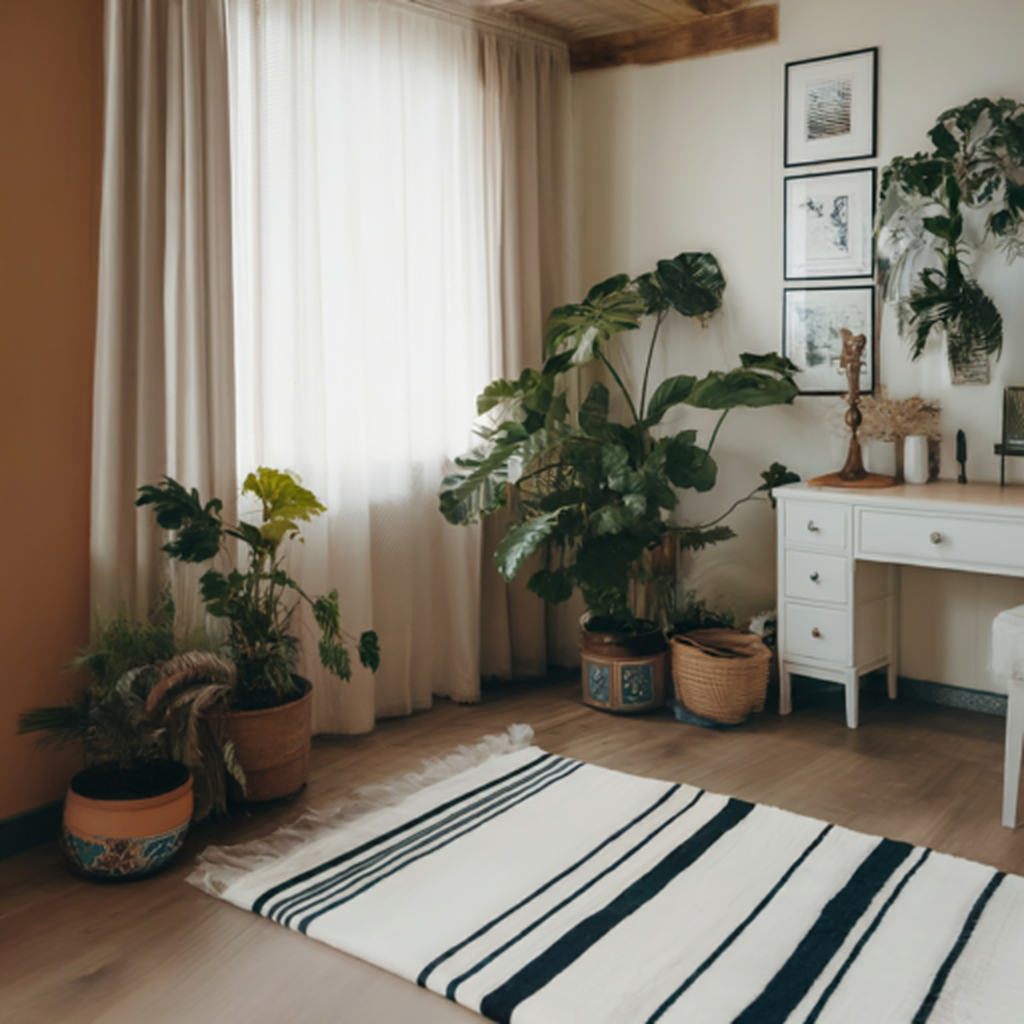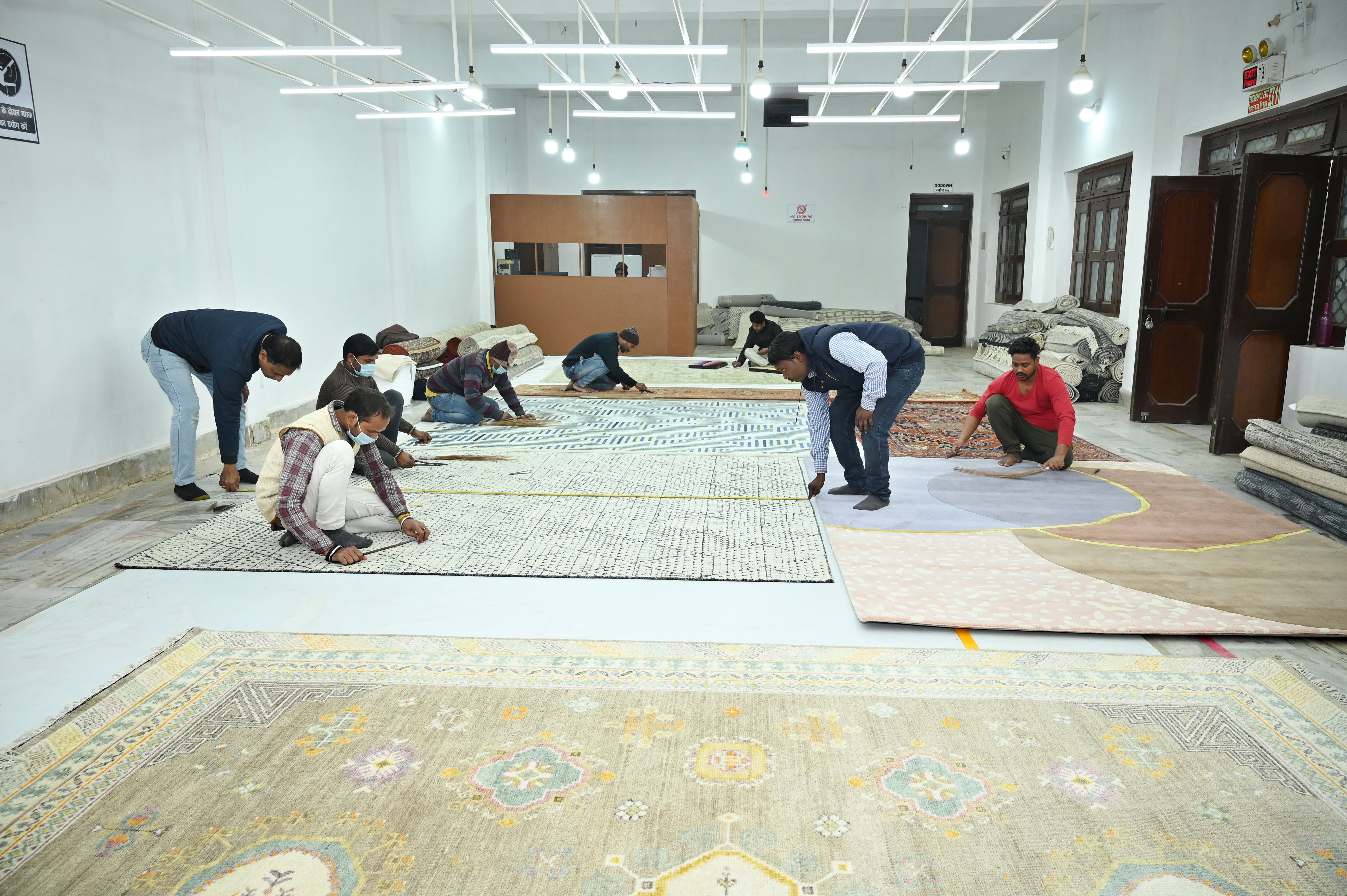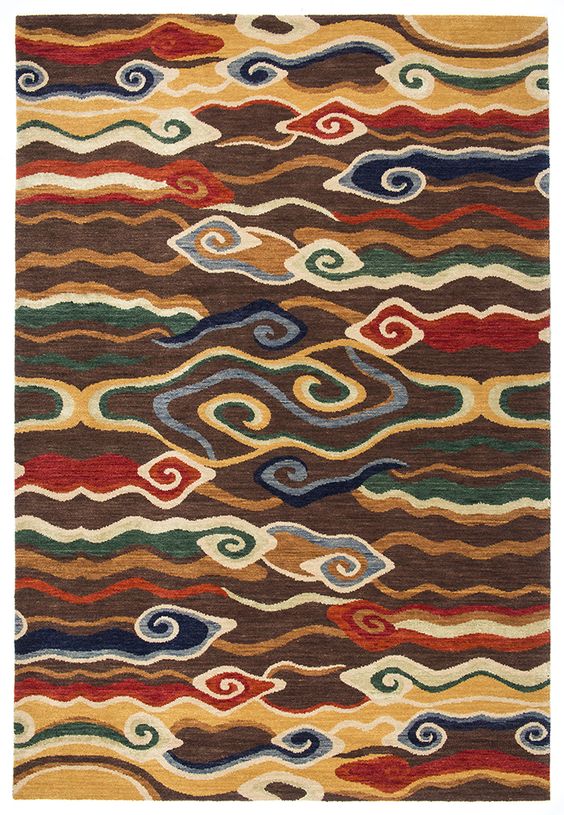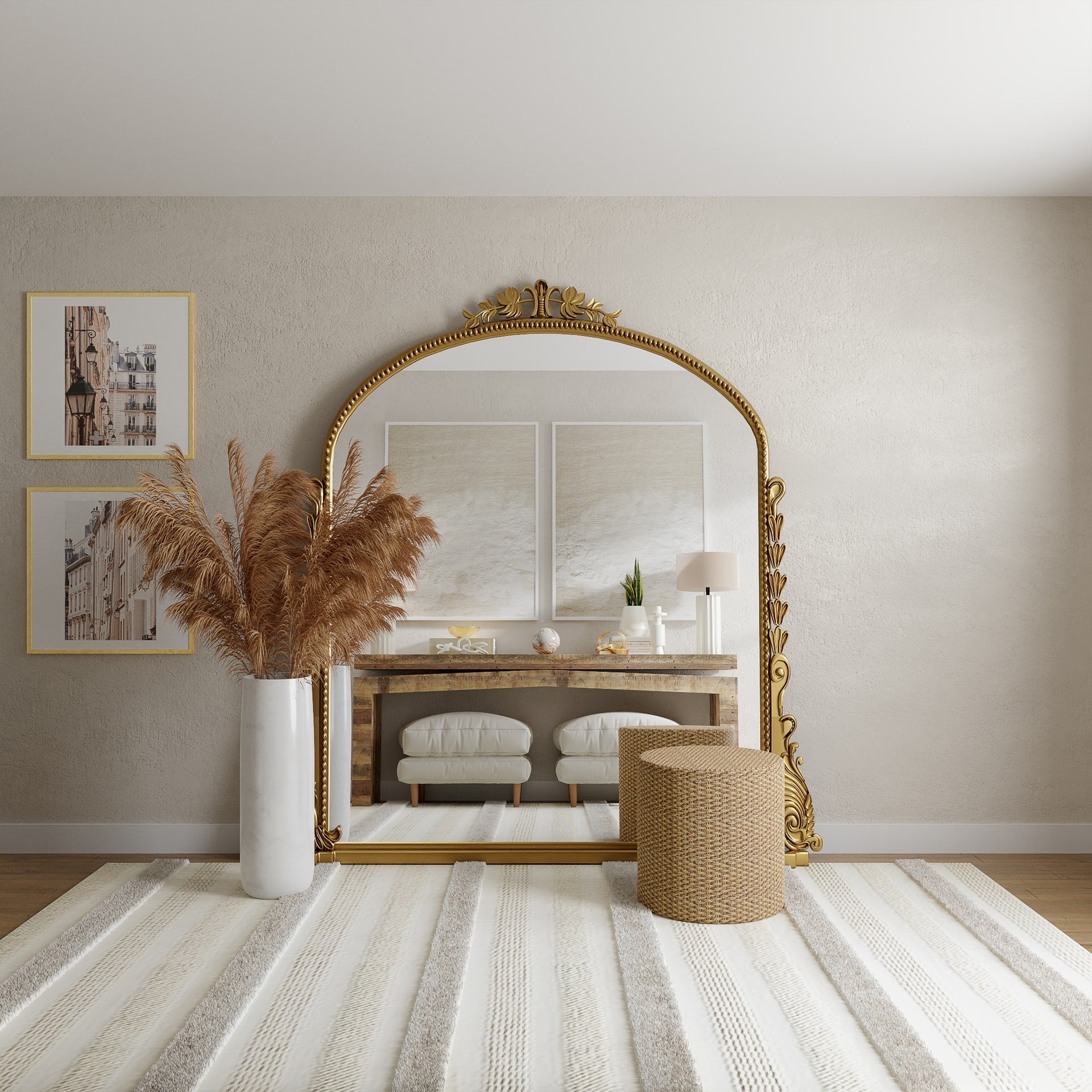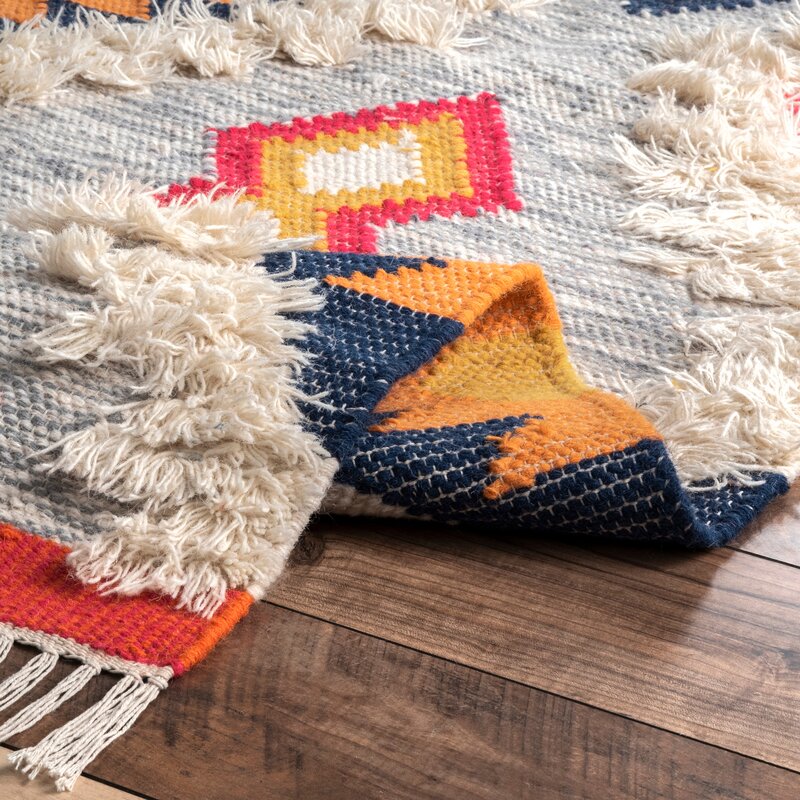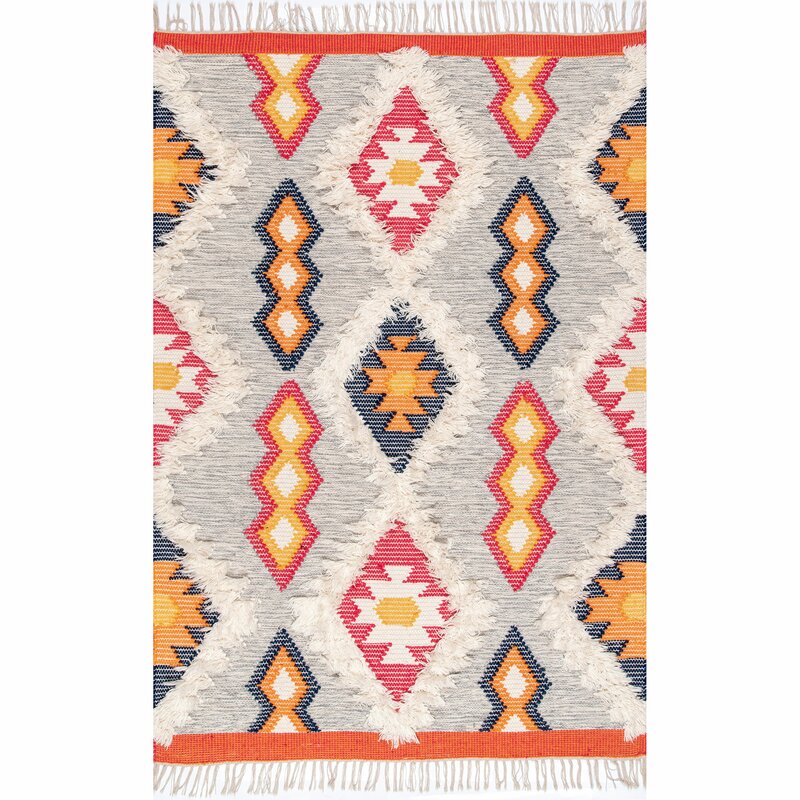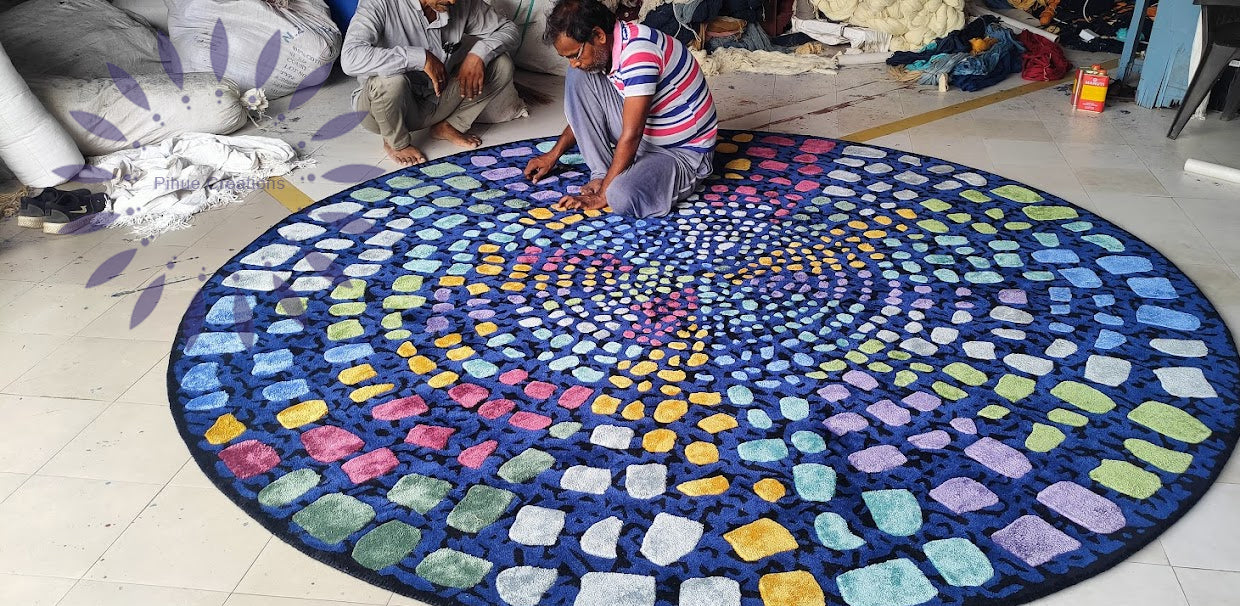
Rotating Your Rug: Why and How Often You Should Do It
When you invest in a beautiful rug—whether it’s a handmade rug, a cozy wool rug, or a vibrant Bohemian rug—you want it to remain stunning for years to come. Rugs aren’t just floor coverings; they’re works of art, carriers of tradition, and statement pieces in any room. That’s why caring for them properly is so important. One of the most overlooked yet essential aspects of rug care is rotating your rug regularly.
In this blog, we’ll explain why rotating your rug matters, how often you should do it, and what it means for preserving the beauty of Indian rugs, Persian rugs, Moroccan rugs, sustainable rugs, jute rugs, and even custom rugs.
Why Rotating Your Rug Matters
1. Prevents Uneven Wear and Tear
Every rug, from modern rugs to traditional Indian handwoven rugs, experiences daily foot traffic. High-traffic areas—like hallways, living rooms, or entrances—tend to wear out faster. If left in the same position for years, one side of the rug will show fading, flattening, and even thread damage. Rotating ensures that wear is distributed evenly, extending the life of your rug.
2. Protects Against Sunlight Fading
Natural light is beautiful, but it’s tough on textiles. Rugs exposed to windows or skylights may fade unevenly. This is especially noticeable in richly dyed Persian and Moroccan-inspired rugs, or vibrantly patterned Indian rugs. By rotating your rug every few months, you ensure all sides get equal sun exposure, keeping the design looking balanced.
3. Maintains Shape and Texture
Heavy furniture like sofas, dining tables, or beds can create permanent dents on rugs. Rotating allows you to reposition furniture weight, preventing long-term depressions. This is especially crucial for wool rugs and sustainable rugs made with natural fibers like jute or recycled PET, which are prone to compression.
4. Preserves Artisanal Craftsmanship
When you purchase from ethical rug manufacturers in India, or support artisan-made home decor, you’re investing in cultural heritage. Traditional Indian weaving and custom rug designs deserve to be preserved with care. Regular rotation ensures the artistry in your rug—whether hand-knotted or flatwoven—stays vibrant and intact for generations.
How Often Should You Rotate Your Rug?
There’s no one-size-fits-all answer, as it depends on your rug’s placement and use. Here are some practical guidelines:
-
Living Room Rugs (entryways, hallways, living rooms): Rotate every 3–4 months.
-
Bedroom Rugs (bedrooms, offices): Rotate every 6 months.
-
Low-Traffic Areas (guest rooms, under large furniture): Rotate once a year.
Tip: Set a reminder on your calendar. Just like seasonal cleaning, rug rotation becomes simple when scheduled.
Tips for Rotating Different Types of Rugs
-
Handmade Rugs & Artisan Rugs
Handle gently. Lift instead of dragging to prevent damage to fibers. For large rugs, ask for help to avoid stretching the weave. -
Wool Rugs & Indian Wool Rugs
These are resilient but heavy. Rotate seasonally to maintain pile consistency. Wool has natural elasticity, so rotation helps it “bounce back.” -
Bohemian Rugs & Modern Rugs
Often placed in lively living rooms, these should be rotated quarterly to prevent traffic marks and spills from becoming one-sided. -
Persian and Moroccan Rugs
Known for their intricate patterns and rich dyes, these should be rotated more frequently if placed in sunny rooms to prevent color imbalance. -
Sustainable Rugs: Jute Rugs & Recycled PET Rugs
Jute rugs can fade quickly in sunlight, while PET rugs may flatten under heavy use. Rotate every 3–4 months to extend their lifespan. -
Custom Rugs
When you invest in custom rug design, you want its uniqueness to last. Rotate carefully to prevent asymmetry in wear.
The Bigger Picture: Rug Care as Ethical Home Decor
Rotating your rug isn’t just about prolonging its lifespan—it’s also about respecting the artisans who wove it and the heritage it represents. When you buy Indian wool rugs or explore handmade rugs online, you’re supporting communities that have kept weaving traditions alive for centuries.
By taking simple steps like rotation, vacuuming, and occasional professional cleaning, you’re actively valuing artisan-made home decor. This conscious care aligns with the values of sustainable rug brands and ethical home decor, ensuring your home remains both stylish and socially responsible.
Other Home Styling Benefits of Rotation
-
Keeps Your Space Fresh: Rotating rugs, along with designer cushion covers or throws, subtly changes your room’s perspective without major redecorating.
-
Improves Hygiene: Areas exposed to shoes and dust get rotated away, reducing build-up in one spot.
-
Balances Design Aesthetics: If your rug has a bold central motif, rotation helps maintain symmetry and keeps your decor looking fresh.
Final Thoughts
Whether you own a Persian rug, a Moroccan rug, or a handwoven Indian rug, rotating it is a small habit with big results. It keeps colors vibrant, fibers strong, and artistry preserved. It also makes your home more dynamic, stylish, and ethically conscious.
If you’re looking to buy handmade rugs online—from modern handwoven carpets to custom rug designs—remember that investing in care is just as important as the purchase itself. By choosing from sustainable rug brands and ethical rug manufacturers in India, and by practicing mindful care like rotation, you ensure that your rugs remain timeless treasures in your home.
So, set a reminder today: rotate your rug, refresh your space, and honor the craft behind every weave.

